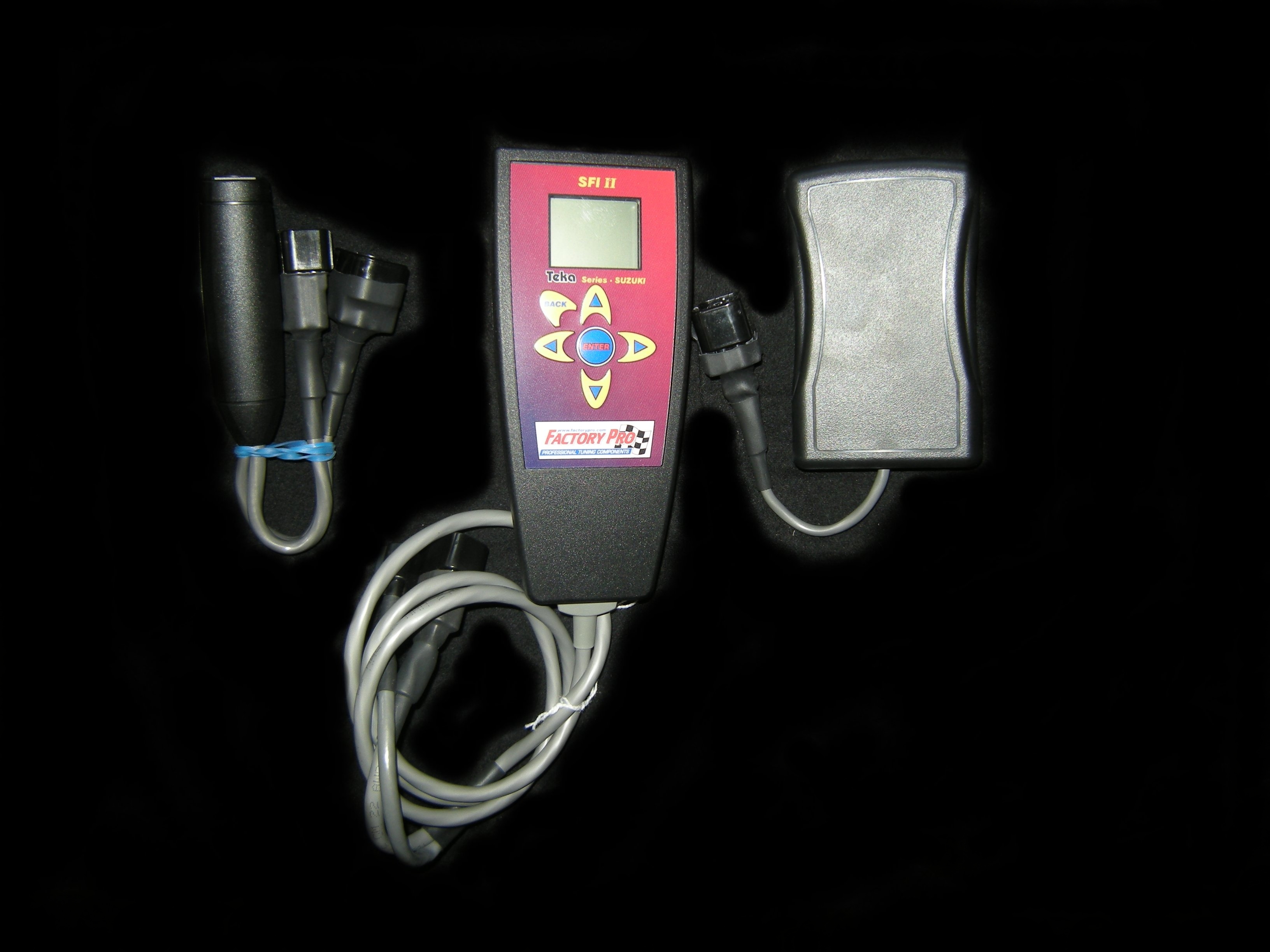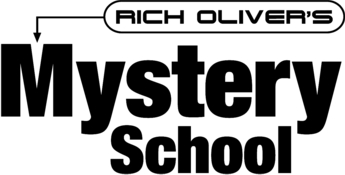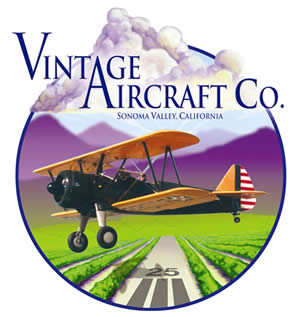| Absolutely NO carb parts sold in California. | ||
 |
New and improved Finally - Quick, easy, cost effective
Suzuki tuning
with no expensive "add-on boxes" |
|
|
Contact Factory
Pro 415 883-5620 no fax
Factory Pro If
it's |
parts
information EC997
dynamometer information Product
Support /Tech SECTION
And most importantly This Tuning Site has been visited by people. www.digits.net - the oldest counting service on the web |
Clock widget
|
LINKS |
|
 |
Flight Training - train with AMA race winner Todd Harrington. The Harringtons own American Flyers, one of the most established flight training facilities in the USA - 8 locations - 800-362-0808 |
 Train to Win |
The Rich Oliver
Mystery School will help you discover your hidden inner strength.
It will challenge you. It will teach you a new way of thinking and a new way of riding. You can take your riding to an exciting new level! We use a variety of proven drills and training techniques. Practicing these techniques with our Yamaha dirt track trainers will enhance your abilities both on the track or the street. It doesn't matter what you ride or race, the Rich Oliver Mystery School improves everyone's skill level and mindset! |
 |
Book a sightseeing flight over the Wine Country
or a Kamikaze aerobatic flight or a biplane flight over famous
Sonoma Raceway,
the Golden Gate Bridge and the San Francisco Bay for one or two during
the spring and get a free souvenir t shirt! 707 938 2444 |
|
Make your next tour Unforgettable, Affordable and Exotic. Superbike Tours Thailand - See you there. Geoff@superbiketoursthailand.com |
|
| The extension of the laboratory
for engines of the Swiss Federal Institute of Technology was completed
in about 1935. Its architect was Rudolf Otto Salvisberg (1882-1940).
He had a successful career in Berlin but returned to Switzerland after
the advent of the Nazis. His architectural style was somewhat similar
to that of Erich Mendelsohn. The staircase of the laboratory is in normal
use but well preserved. Edited to the tunes of Chemical Residue by Herbie Hancock. |
|
 |
|
|
Artisan Crafted Fine Cheeses – Since 1865 - Specializing in Handmade Brie & Camembert |
|
| Marin French Cheese Co., also known as The Cheese Factory and Rouge et Noir is not just the oldest cheese manufacturer in the country, but a vacationers and day trippers destination as well as a unique part of American History. Located north of San Francisco, east of Napa County, west of Pt. Reyes and Olema and south of Sonoma County, Marin French has produced hand crafted Artisan soft ripened cheese since 1865. Rouge et Noir cheeses are similar to French and European varieties but reflect the characteristics of Northern California, producing it's own regional style. | |
